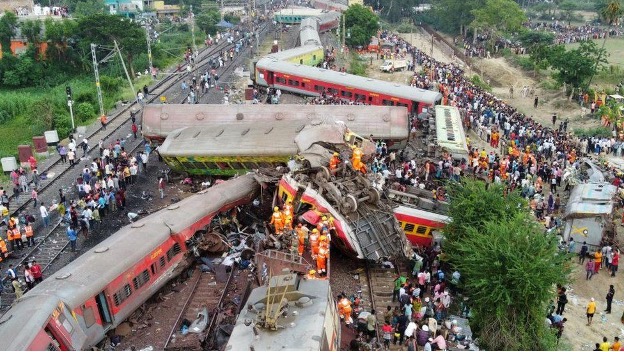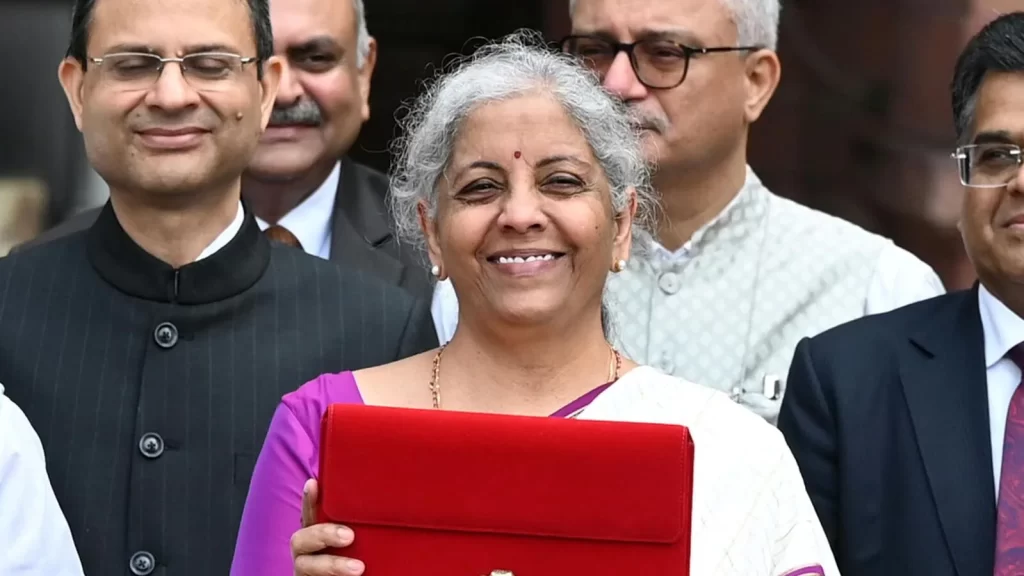The recent train tragedy in Eastern Indian Railways resulted in the deaths of multiple passengers. This train accident has been the most massive since 2004 in the country. Indian railways are one of the busiest and largest in the world. Approximately 23,000 trains are running daily with more than 200 million passengers. Railways are the most trusted way of traveling and this incident has once again raised questions on rail safety
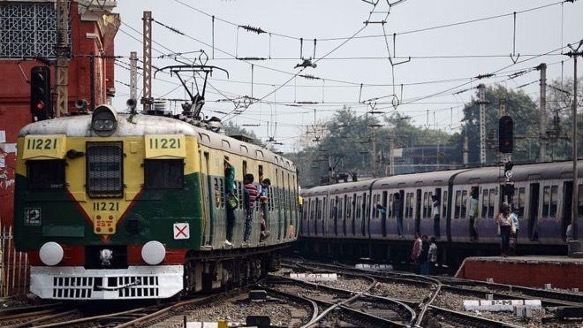
Odisha Train Tragedy
On the 2nd of June, an accident took place in the Blassore district of Orissa. The Coromandel Express was moving at a speed of 128 km/hr in the upline when it was signaled green to enter the up loop line, where a goods train was already standing. The other coaches of the train then derailed as a result of the passenger train colliding with the freight train which consisted of iron ore and was stable; it hardly moved and stayed in its place. As a result, the frontal impact was huge. Meanwhile, the Bengaluru-Howrah Express was moving down the line when the derailed coaches of the Coromandel Express collided with some coaches of the Bengaluru-Howrah Express, causing the incoming train to derail. The intended nocturnal trip turned disastrous in the middle of the countryside. As per the data, 275 people were killed and around 1,000 were injured in this train mashup.
Possible Changes to Enhance Railway Security
There are concerns regarding the Railway Department following the deadly train disaster. Train derailments and accidents are not new in India; according to the Railway Safety Report (2019-20), 70% of railway accidents were caused by derailments. This means that accidents caused by derailments keep happening, and a permanent solution is urgently needed. A similar incident had occurred in Mysore in February, where the loco pilot was given the green signal to pass through a crack track; it was the loco pilot’s alertness that saved the train from mishap.
Because maintenance is compromised by development, the existing railway ministry is problematic. Maintenance of equipment and safety inspections have to be the government’s top priority.
Due to the frequent train accidents on Indian Railways, Rashtriya Rail Suraksha Kosh (RRSK), a safety fund with a budget of Rs. 1 lakh 6 crore, was launched in 2017–18. This fund’s top aims were to upgrade railway crossings and tracks, modernize engine cabins and technology, and provide crew training.
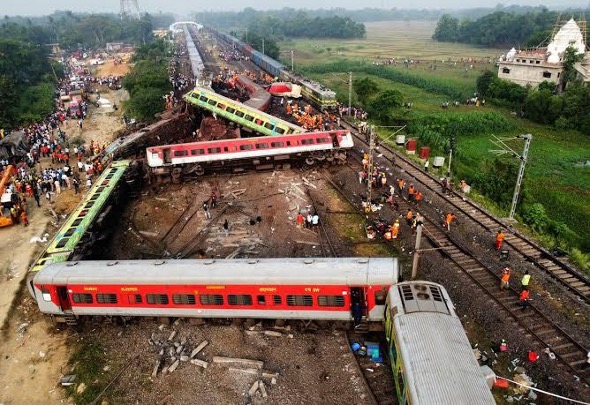
Possible Changes to Enhance Railway Security
Kawach System is an automatic train protection system created by Research Design & Standards Organisation. Whenever the loco pilot jumps a signal, this system automatically gets activated and takes control of the train and brakes are applied. SPAD meaning Signal Past a Danger is one of the major reasons for the accidents. Similarly, if another train comes on the same track, brakes are applied. The accidents caused by driver errors can be minimized.
By using cutting-edge technology to monitor, such as CCTV cameras, sensors, and drones, railroads should keep a watch on the railroad lines. A dedicated security force should be created by the government to patrol stations and railway tracks and to quickly respond to security-related occurrences.
Cooperating with law enforcement authorities to strengthen security protocols and exchange intelligence can be beneficial as well. Regular training for railway staff, especially security officers, to handle emergency situations and respond to threats will make a difference.
Challenges for Railway Ministry
Railways are unable to make enough money. Train passengers use the highways and airplanes more and more. Additionally, the cost cannot be increased because the railway’s main objective is to ensure that everyone may utilize it. In addition to financial and technological difficulties, the department lacks sufficient staff to run effectively. Without only depending on train earnings, the government must start investing in railroads.
The railroad system is overloaded, therefore there isn’t enough time for upkeep and repairs. The government must also refocus on infrastructure and safety rather than the internet and services. One of the most serious issues is this. The train journey for Indian citizens can be made better and safer by utilizing the newest technologies and enhancing the signaling system.
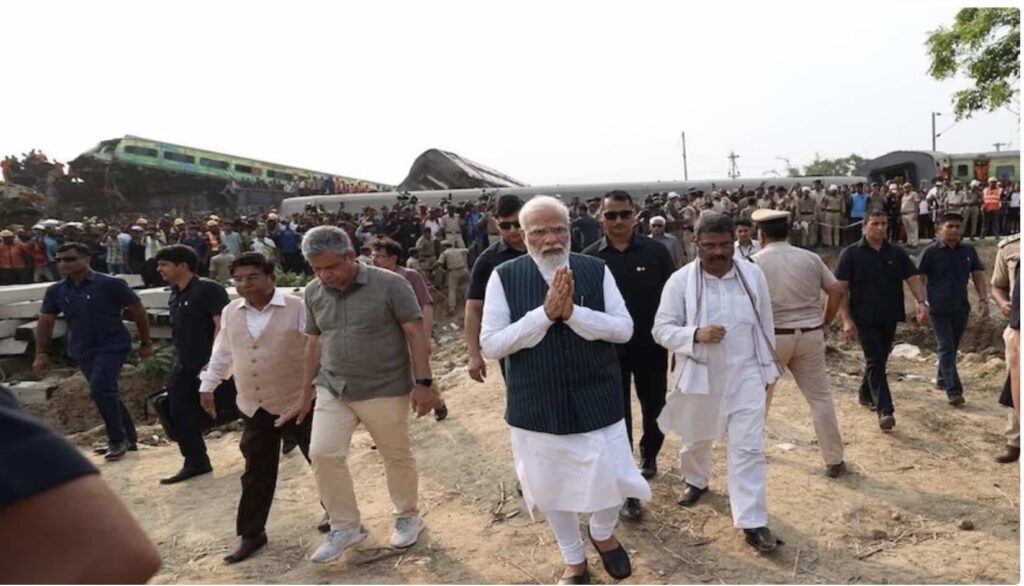
Comparison with Japan Railway System
The way in which we are upgrading, it is very necessary to upgrade our trains with technologies. But that does not mean turning eyes away from our old trains through which a big population of people travel. We want to stand in comparison to Japan but do we know how big a deal it is for Japan if the train is a second late? And it is common in India for a train to be delayed from 15 minutes to 15 hours, to have unclean washrooms, to be crowded, to not be able to book tickets or get waitlisted. The difference between the Japan Railway System and Indian Railways is very huge. Japan has become a developed nation and is still aiming at inventing and using the latest technologies on the other hand India is still developing in terms of railways. Vande Bharat train is considered to be the fastest-running train in India with a speed of 160 km/hr while the average train speed of Japan train is 300 km/hr. India is moving with high speed towards developing its railways but should also look into the old technologies which are still being used.
Written by – Daisy Vandana Horo
Edited by – Aryaa Dubey
*This article was written on 5th June, 2023

